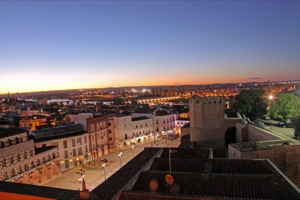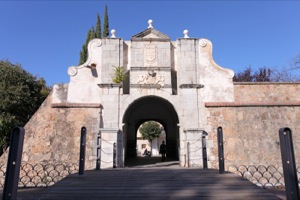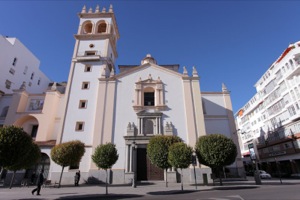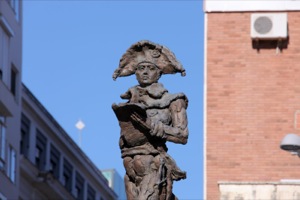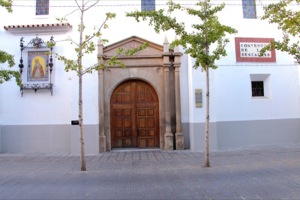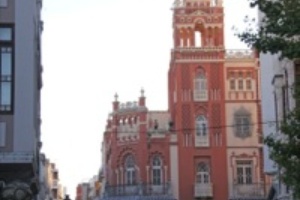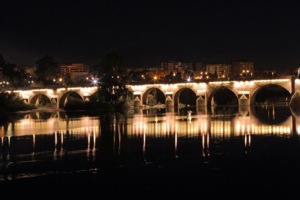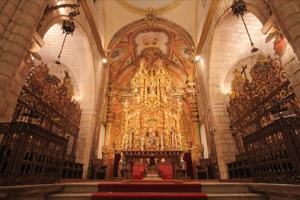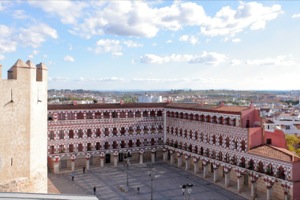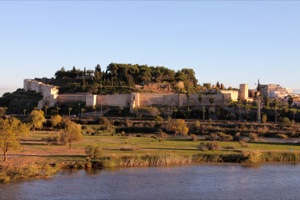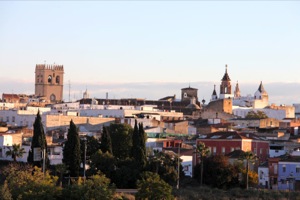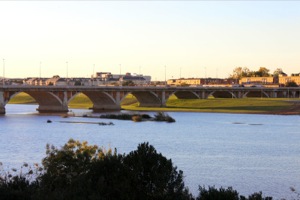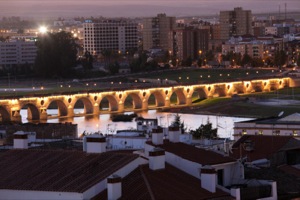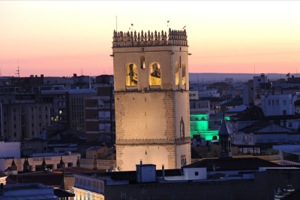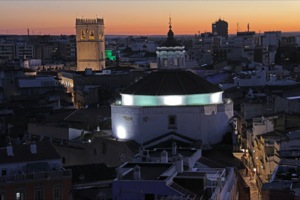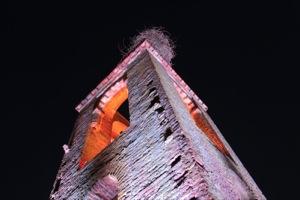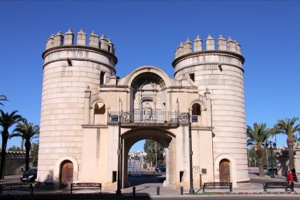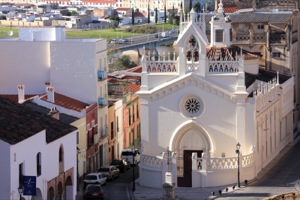Destinations
Badajoz — leisure and culture at the border
Crossed by the Guadiana River, there's nothing you won't find in Badajoz. The city's building façades and street corners are just oozing with history; not to mention its parks, ideal for a stroll or sports activities, and a wide range of services on offer to enable you to enjoy the city at your leisure.
Location and Contact:
- Contact person: Badajoz Tourism
- Tel.:+34 924 20 13 69
- Tel.:+34 924 22 49 81
- Fax: +34 924 23 97 98
- Email: turismo@aytobadajoz.es
- Email: casasmudejares@aytobadajoz.es
- Website address: turismo.aytobadajoz.es
- Facebook: https://www.facebook.com/turismobadajoz
- Twitter: https://twitter.com/TurismoBadajoz
-
Crossed by the Guadiana River, there's nothing you won't find in Badajoz. The city's building façades and street corners are just oozing with history; not to mention its parks, ideal for a stroll or sports activities, and a wide range of services on offer to enable you to enjoy the city at your leisure.
At a time when the Iberian peninsula was dominated by the Moors, Badajoz was built over a Visigothic settlement in 875 AD by Ibn Marwan. The city sprang up on the hill known as Cabezo de la Muela, from which it spread out until becoming the city it is today. There you can ramble around its ancient streets and charming establishments, as well as exploring its relaxing parks, such as La Galera, Alcazaba or La Legión. With Portugal nearby, Badajoz provides excellent communications with our neighbouring country.
You can start out on your visit to the city centre from the restored Plaza Alta. The Medieval northern part strikes a contrast with its southern counterpart, which underwent unfinished restoration work. As a result of being closed in, its style is reminiscent of that of the main squares of other Spanish cities, such as Madrid and Salamanca. You can also see the Casas Mudéjares, the Casas Coloradas and the Alcazaba there. Don't miss the tranquil Plaza de San José nearby, which is home to the Convent of the Adoratrices. We recommend that you continue on as far as the Alcazaba from here. Dating from 12th century, this citadel is one of the biggest of its type in Spain and was capable of accommodating the city's entire population. There are marvellous views to be had from its walls, ranging from the waters of the Guadiana, Badajoz Cathedral, the Ermita de la Soledad - patron saint of the city -, and the Giralda right on down to Portuguese territory. If you can hold on until sundown to visit, there's some unforgettable scenery just waiting for you to enjoy.
A short walk on will take you to Soledad, a small square that proves to be an ideal spot from which to see the Giralda and the modernist building known as Las Tres Campanas. Plaza de España is close by, the veritable nerve centre of the city and home to Badajoz Cathedral, also known as Saint John the Baptist Cathedral. Work on the building began in the middle of the 13th century. The bell tower is its most outstanding architectural feature, while at the same time serving as one of the most special and endearing components of the city's skyline. Close by you have Plaza de Cervantes which, notwithstanding the fact that its central statue is dedicated to the illustrious artist, Zurbarán, it is better known in the city as the Plaza de San Andrés, all of which goes some way to explaining why it is popularly known as the plaza de las Tres Mentiras (Three Lies square). Small and paved with stone Portuguese style, it is surrounded by ancestral houses, such as the Casa del Hotel Cervantes and Casa Puebla. Continue on square by square passing through that of San Atón to Minayo, which leads onto the Paseo de San Francisco. Remodelled in the 19th century, it still preserves its pavilion, age-old palm trees and some Fernando VII style street lamps.
Whenever you're not pressed for time, don't miss out on a visit to modern-day Badajoz, a city which is also home to one of the four campuses of the University of Extremadura. Another example of the city's commitment to contemporary architecture is its conference centre, the Palacio de Congresos de Badajoz. Built inside the bastion of San Roque, it stands where the old bullring was. Indeed, it was chosen by the MOMA as one of the most representative buildings of Spanish architecture. Another place that attests to the perfect combination of the old with the new is the museum of contemporary art, the MEIAC (The Extremadura and Iber-American Museum of Contemporary Art). Speaking of history, the city's archaeological museum, the Museo Arqueológico Provincial de Badajoz, is well worth a visit.
In addition to the foregoing, you must not overlook the fact that three of Badajoz's fiestas Almossassa, Carnival and Easter Week have been declared to be of National Tourist Interest. Three magnificent times of the year to get to know the city.Tourist Offices:
Badajoz guide
-
Type:
- Locality
Theme:
- Destinations
Target audience:
- Families
- Young people
- Single people
- Senior citizens
- Children
- Couples
- Single people
Gallery:
More suggestions
-
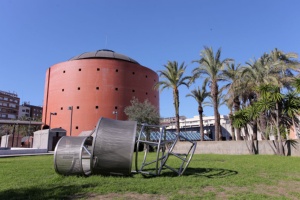
MEIAC, Contemporary Art
In the old prison in Badajoz, this museum houses a collection of contemporary Spanish, Portuguese and Ibero-American art.
-
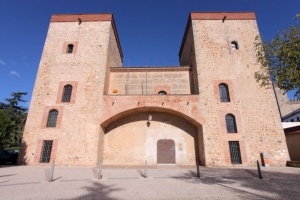
Badajoz Provincial Archaeological Museum
This museum is located in one of the oldest and most representative buildings in Badajoz, where several thousands of archaeological objects of great historical relevance are kept.
-
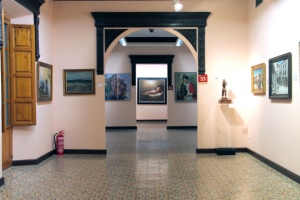
Fine Arts Museum
The Fine Arts Museum houses works by regional artists, and also by national artists, such as Goya and Picasso.
-
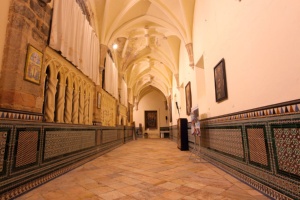
Badajoz Metropolitan Cathedral Museum
Some of the most important pieces on display at this Cathedral Museum are the valuable panels by the painter Luis Morales, along with gold and silverwork and historical tapestries
-

Badajoz Carnival Museum
The carnival is possibly the most important festival of the year in Badajoz
-
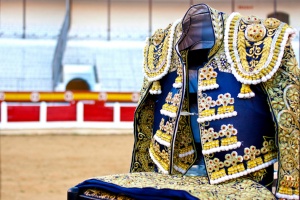
Badajoz Bullring
Badajoz bullring hosts one of the most important bullfighting fairs in the region.
-
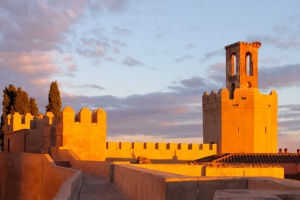
The Alcazaba (Arab Fortress), a spectacular view
The Alcazaba, or fortress, was the origin of the city, the dwelling of the Kings of the Taifa Kingdom and the defensive structure which made Badajoz a strategic fort to control the area's historical borders.
-
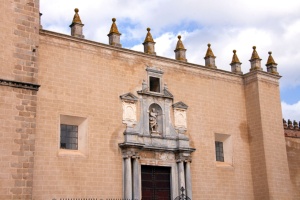
Badajoz Cathedral
This architectural masterpiece has been the venue for many key events throughout history, such as the Royal wedding of John I of Castile and Beatriz of Portugal in 1383.
-
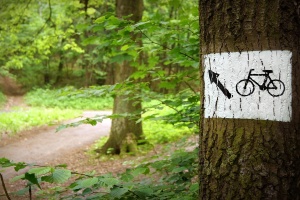
Castelar Park
The palm trees that populate this park in Badajoz bestow an air of warmth on a place that is also used as a venue for fairs and exhibitions.
-
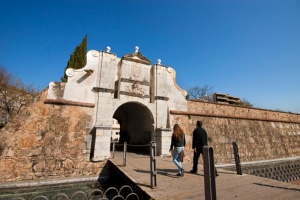
Walled enclosure in Badajoz
Gates and bastions all over the city of Badajoz give a glimpse of what the ancient walled enclosure that protected the city looked like.

